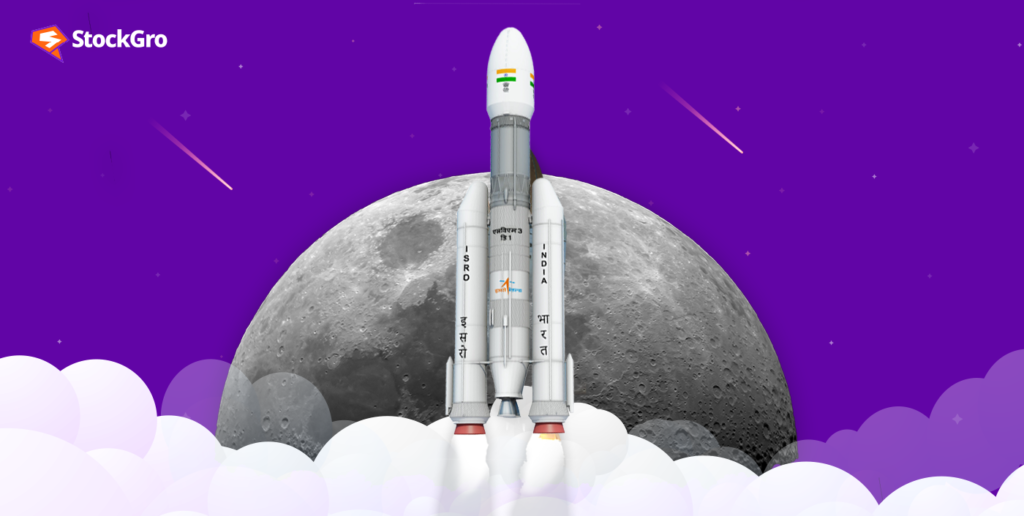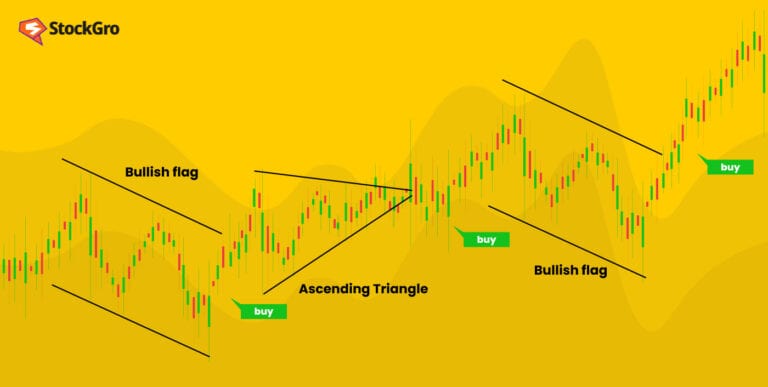
India’s space odyssey just hit a new orbit with Chandrayaan-3, a moon mission that’s making space exploration feel like a national cricket match. Chandrayaan-3’s journey isn’t just about lunar exploration; it’s a multi-dimensional odyssey into technology, business, and global influence.
From the surface of the moon to the technological landscape of Earth, this mission has its sights set high. And guess what? It’s cheaper than making a Star Wars movie. Chandrayaan-3’s budget? ₹600 crores. Sounds like a lot? Think again.
Some Hollywood blockbusters like Star Wars: The Force Awakens and The Rise of Skywalker had budgets that would make our moon mission look like pocket change! ₹3,576 crores and ₹3,328 crores, respectively.
Chandrayaan-3 touching down on August 23, it’s not just about joining the elite moon-landing club with the US, China, and Russia. It’s about staking a claim in the booming space economy.
You may also like: Independence Day: The financial evolution of India
India’s space budget
The 2023-24 budget set aside a cool Rs.12,543 crore for the Department of Space, home to ISRO’s interstellar dreams.
The numbers game :
- India’s Current Space Market Value: $8 billion
- Global Space Economy Share: 2%
- Satellites Launched Since 1999: 381 for 34 countries ($279 million in revenues)
And here’s the kicker: A report by Arthur D. Little predicts India’s space market soaring to $100 billion by 2040.
Now, let’s get lunar. We’re chasing a moon landing, and not just any landing – it’s the south pole, where no one has ventured. We’re scripting an ambitious narrative, a plot that redefines ‘firsts.’
Why does this matter? It’s the golden ticket to the lunar economy. Those who claim lunar territory first gain an edge in the cosmic game. And guess what? Chandrayaan-3 could catapult India into this lunar league.
Mission accomplished: A proud moment
July 14 is a date etched in history for India. Chandrayaan-3’s successful launch filled our hearts with pride. But this achievement isn’t just a feather in our cosmic cap; it’s a doorway to a world of possibilities. The delicate lunar touchdown happened according to plan.
Moon tourism: The next big thing?
Humans and the moon? It’s an age-old love story. While the US dreams of moonwalks under its Artemis mission, Chandrayaan-3 is India’s ticket to the lunar economy. With space giants like Blue Origin and SpaceX are planning moon vacations.
The space race isn’t just for giants; startups are strapping in too! Since 2021, Indian space startups have secured over $200 million in funding. With ISRO planning a space station by 2030, private investments could soar higher than a rocket.
Over 140 space-tech startups in India are crafting real-world solutions that could launch us into the future.
Also Read: The best banks in India: Leading the way in finance
Moon economics: The next frontier for business?
According to a 2021 report by PricewaterhouseCoopers, the moon offers not just a competitive edge against Earth-based businesses but also a collaborative platform for existing giants in sectors like mining, auto, and construction.
Earthly industries stand to gain from moon ventures through tech innovations, fresh market avenues, and increased public expenditure. The real excitement? The moon could be our launchpad for deeper space adventures.
Moon real estate: The next gold rush?
Chandrayaan-3’s success could catapult India into the lunar elite, potentially dominating a significant slice of the moon economy in the coming years.
Remember Chandrayaan-1’s water discovery? It fueled dreams of moon colonies. A successful Chandrayaan-3 mission, especially at the lunar south pole, could mean big bucks for India in the lunar economy.
Now, you might wonder, “Great for India, but what’s in it for us?”
Hold your horses! Let’s paint the bigger picture first.
As of April 30, 2022, Earth’s orbit is a busy highway with 5,465 satellites zipping around. The US is the satellite kingpin, boasting a whopping 3,433 satellites. China trails with 541 satellites, as the graph below showcases. ?

Businesses riding the Chandrayaan-3 wave
While ISRO is the star of the Chandrayaan-3 show, it’s not a solo act. This lunar dream was co-scripted with some of India’s top-notch companies. Let’s meet the backstage heroes:
1. Larsen & Toubro:
L&T, the engineering behemoth, played a pivotal role in crafting the lander. Their bond with ISRO isn’t new; they’ve been the trusted sidekicks for missions like Chandrayaan-1, Chandrayaan-2, Gaganyaan, and Mangalyaan.
2. Godrej Aerospace:
Godrej Aerospace’s name shines bright in India’s space saga. From Chandrayaan 1 to 3, they’ve been the wind beneath ISRO’s wings, supplying 175 Polar Satellite Launch Vehicle (PSLV) engines over the years.
3. BHEL:
BHEL and ISRO’s partnership is two decades strong. For Chandrayaan-3, BHEL’s top-notch batteries are the heart, powering the Lander and Propulsion Modules. No power, no moon party!
4. Hindustan Aeronautics:
Hindustan Aeronautics has been the silent contributor, supplying vital components to almost all of ISRO’s big-ticket missions. From Chandrayaan-I to Gaganyaan, they’ve been the unsung heroes.
So, when Chandrayaan-3 finally hits the lunar turf, let’s applaud not just ISRO but these unsung heroes, too. They’re making advancements, impacts, and a dash of moon magic possible.
With Chandrayaan-3’s smooth moon landing, let’s also toast the immense potential it unlocks for industries back home.
Now, before you jump on the cosmic investment train, do your homework. Don’t let your money blast off without a plan!
So, the next time you gaze at the moon, remember there’s a little piece of India up there, exploring, discovering, and making us all proud.

